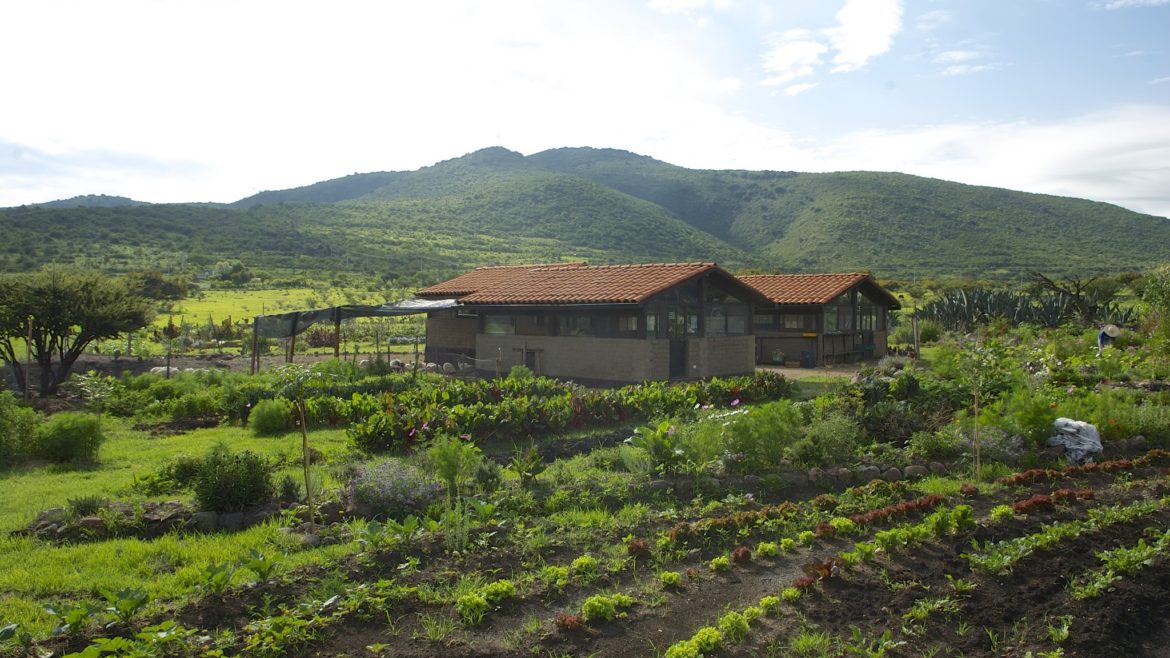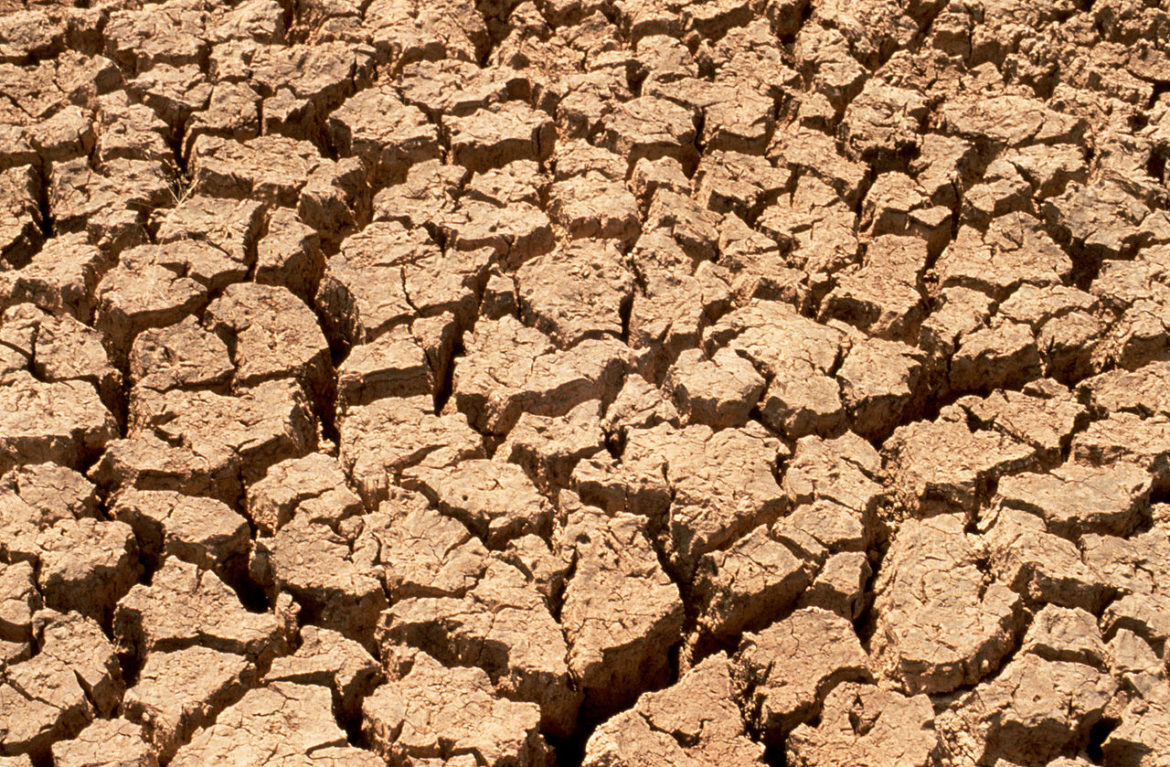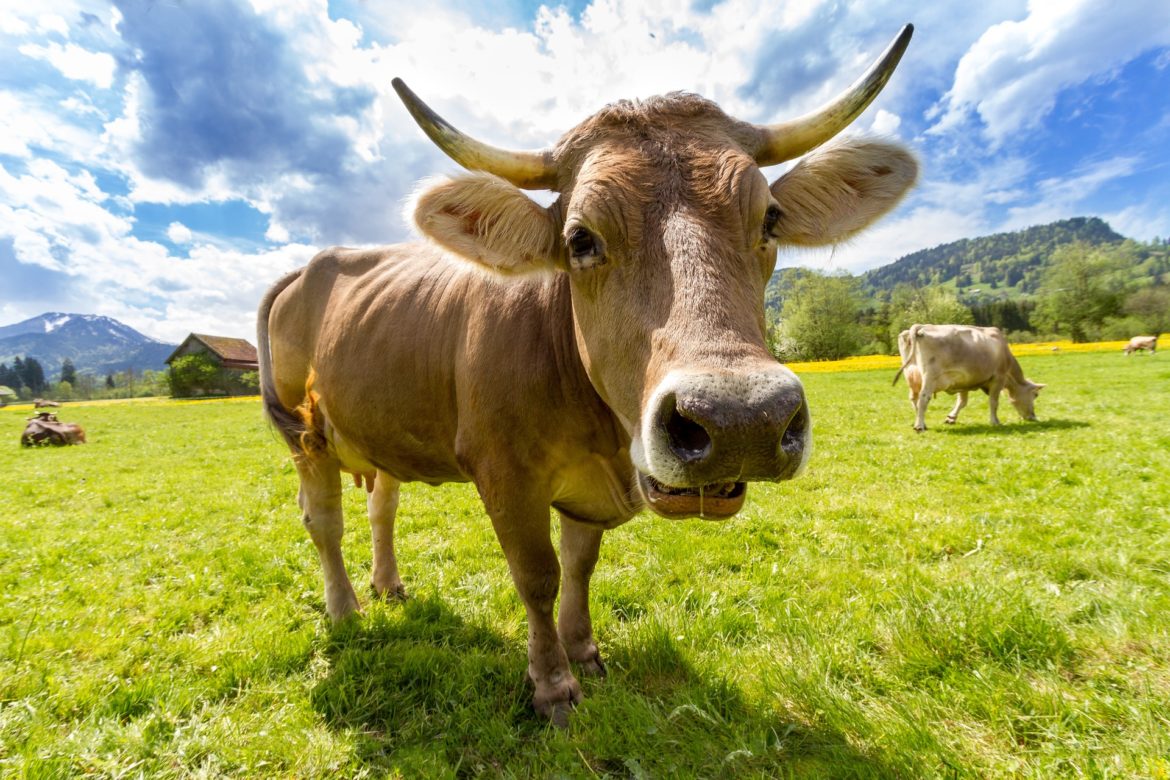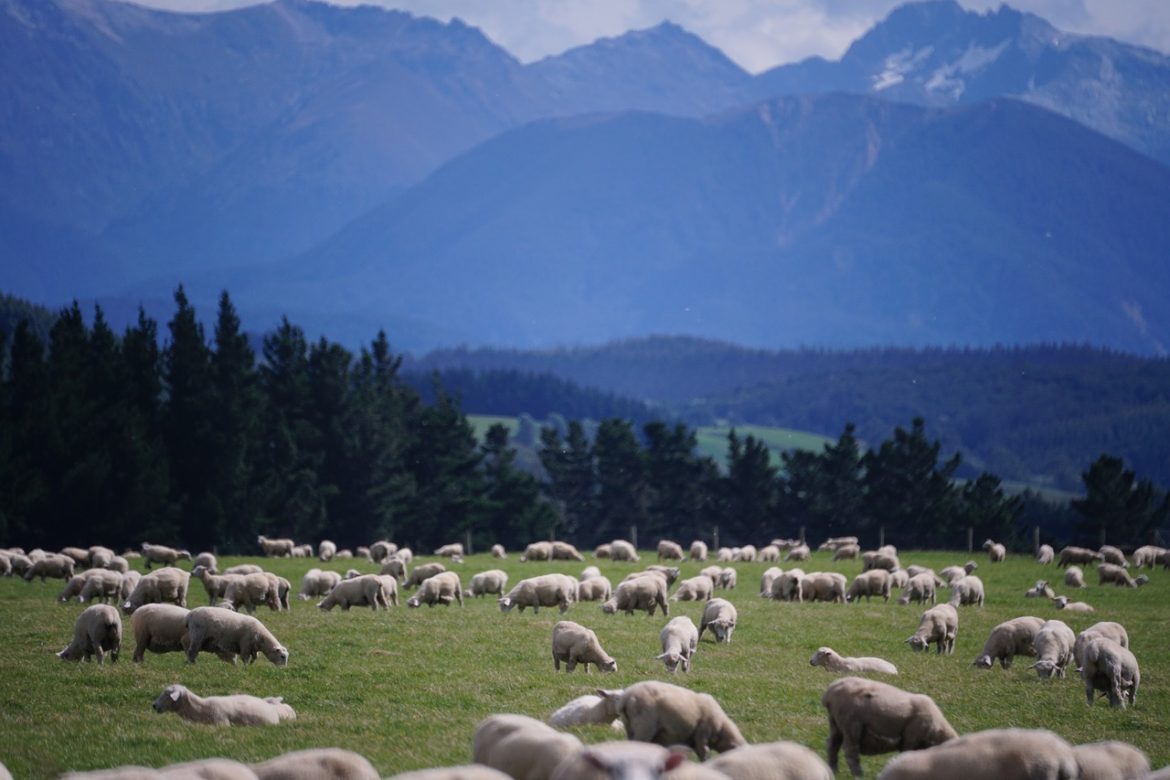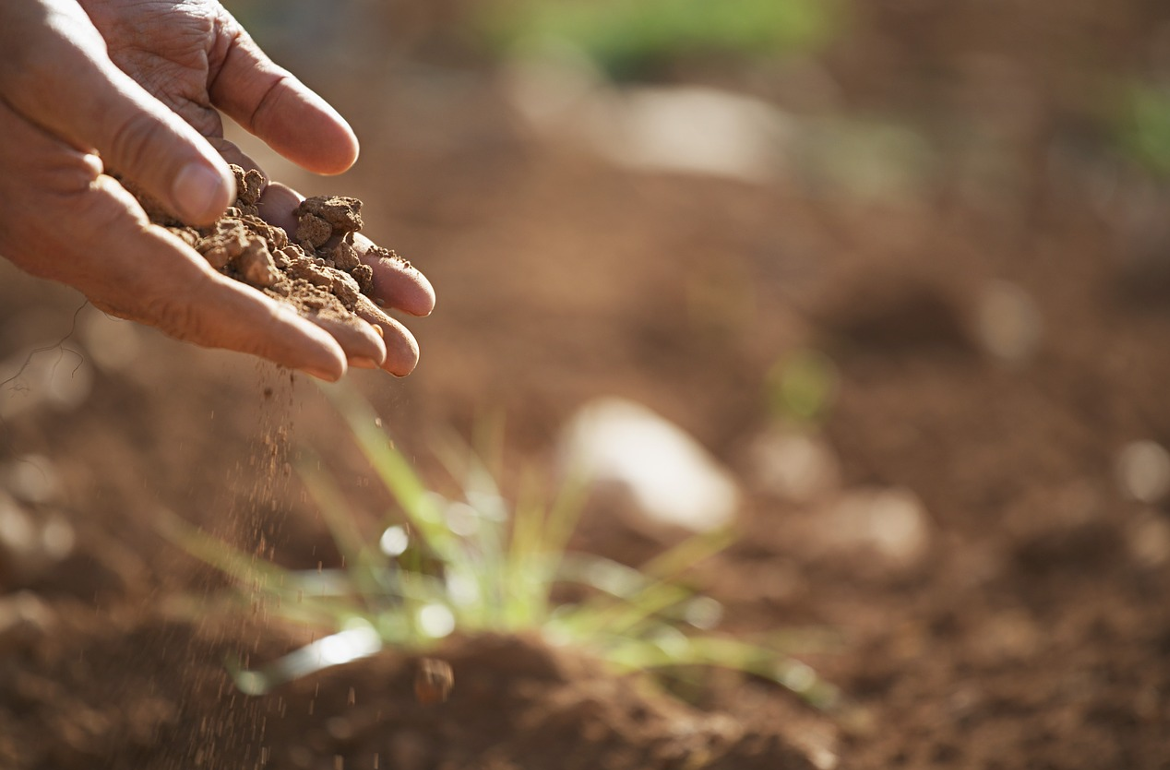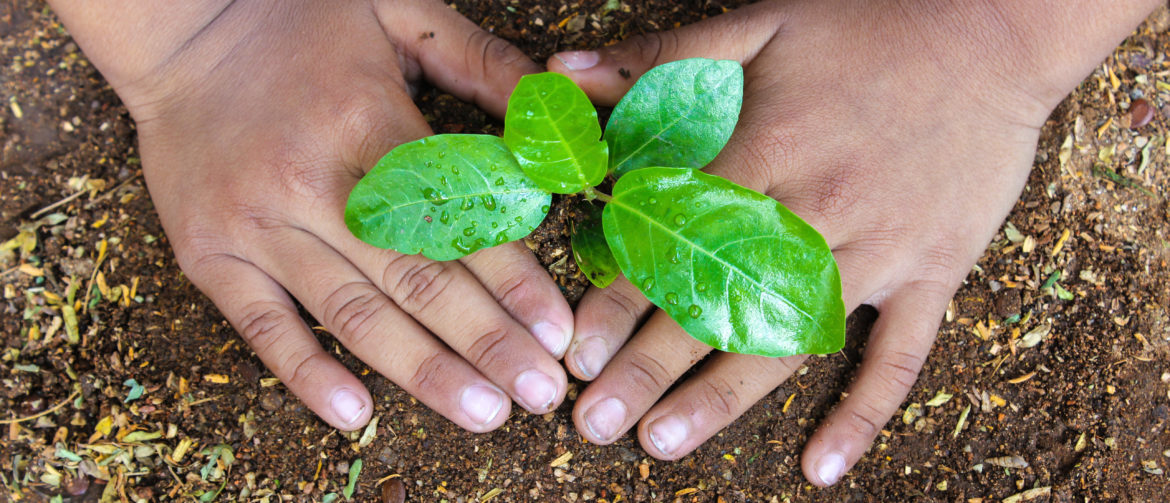El Tribunal a Monsanto Emite su Opinión Consultiva: Monsanto viola los Derechos Humanos básicos
18 de abril 2017
Contacto : Países Bajos : Tjerk Dalhuisen, +31614699126, tjerk@monsanto-tribunal.org, América Latina : Ercilia Sahores Regeneration International/ +52 5562577901
El Tribunal a Monsanto Emite su Opinión Consultiva : Monsanto viola los Derechos Humanos básicos
Deben existir mejores regulaciones que protejan a las víctimas de las compañías multinacionales
LA HAYA, Países Bajos – En el día de hoy, los cinco jueces internacionales del Tribunal a Monsanto presentaron la opinión legal que incluye conclusiones claves tanto respecto de la conducta de la transnacional Monsanto como de la necesidad de realizar cambios fundamentales a las leyes que gobiernan a las corporaciones multinacionales.
Los jueces concluyeron que Monsanto se ha involucrado en prácticas que han vulnerado los derechos humanos básicos a un medio ambiente sano, el derecho a la alimentación y el derecho a la salud. Sumado a esto, la conducta de Monsanto ha tenido un impacto negativo sobre la libertad de los científicos de llevar a cabo de manera libre investigaciones indispensables.
Los jueces también concluyeron que a pesar del desarrollo de regulaciones destinadas a proteger el medio ambiente, aún existe una brecha entre compromiso y realidad en la protección del medio ambiente. La ley internacional debe ser precisa y debe reafirmar la protección del medio ambiente y establecer el crimen de ecocidio. El Tribunal concluye que sí el ecocidio fuera reconocido formalmente como un criminal según la ley penal internacional, las actividades de Monsanto posiblemente constituirían un crimen de ecocidio.
En la tercera parte de la opinión consultiva, el Tribunal se enfoca en la brecha cada vez más amplia entre las leyes de derechos humanos y la responsabilidad corporativa. Llama a la necesidad de reivindicar la primacía de las leyes internacionales sobre derechos humanos y medio ambiente. En el marco de la Organización Mundial de Comercio, tratados de comercio bilaterales y en cláusulas de tratados de libre comercio, se han implementado un conjunto de normas jurídicas para proteger los derechos de los inversores. Estas disposiciones tienden a debilitar la capacidad de las naciones de mantener políticas, leyes y prácticas que protejan los derechos humanos y ambientales. Los organismos de las Naciones Unidas deben tomar acción urgente, en caso contrario, cuestiones claves concernientes a la violación de derechos humanos y ambientales serán resueltas por tribunales privados operando completamente fuera del marco de referencia de las Naciones Unidas.
El Tribunal también llama a responsabilizar a actores no-estatales dentro del marco internacional de leyes de derechos humanos. El Tribunal reitera que las compañías multinacionales deberían ser consideradas como actores responsables y deberían ser sujetas a la jurisdicción de la Corte Penal Internacional en el caso de violación de derechos fundamentales. El Tribunal identifica claramente y denuncia las severas disparidades entre los derechos de las compañías multinacionales y sus obligaciones. Por lo tanto, la opinión consultiva alienta a los organismos competentes a proteger la efectividad de los derechos humanos internacionales y la ley ambiental contra la conducta de las compañías multinacionales.
Las precisas conclusiones serán de interés tanto para los críticos de Monsanto y la agricultura industrial como para los accionistas de compañías químicas, especialmente Bayer. La reputación de Monsanto-y de Bayer, en caso de fusión- no mejorará con las conclusiones emitidas por los jueces del Tribunal. Esto traerá a la luz el verdadero costo de la producción y afectará el valor de las acciones de Monsanto(Bayer) en el largo plazo. Aquellas compañías que dañan la salud, los alimentos y el medio ambiente deben y tendrán que rendir cuentas por sus acciones. Esta opinión ahora está en manos de los Estados y las organizaciones de la sociedad civil para que hagan uso de ella, concluyeron los integrantes del Tribunal Monsanto.
Los grupos que han organizado el Tribunal Monsanto son Organic Consumers Association, Navdanya, IFOAM Organics International, Biovision Foundation y Regeneration International.
La opinión de los Jueces del Tribunal (resumen más documento completo) https://www.monsanto-tribunale.org/Resultados_1
Regeneración Internacional, un proyecto de la Asociación de Consumidores Orgánicos, está desarrollando una red global de campesinos, científicos,empresas,activistas,educadores,periodistas,gobiernos y consumidores que promueven y practican la agricultura regenerativa y prácticas de uso de suelo que: proveen alimentos abundantes y nutritivos ;reviven las economías locales, reconstruyen la fertilidad del suelo y la biodiversidad y restituyen la estabilidad climática devolviendo el carbono al suelo, a través de la fotosíntesis. Para saber más, https://consumidoresorganicos.org/ y regenerationinternational.org
El Tribunal Internacional Monsanto es una iniciativa de la sociedad civil para que Monsanto se responsabilice por violaciones a derechos humanos, crímenes contra la humanidad y ecocidio. Prestigiosos jueces escucharon testimonios de víctimas y brindaron una opinión consultiva siguiendo los procedimientos de la Corte Penal Internacional de Justicia. Una asamblea popular paralela, la Asamblea de los Pueblos, brindó un espacio para que movimientos sociales de alrededor del mundo pudieran congregarse, intercambiar ideas y planear el futuro que queremos. El Tribunal y la Asamblea Popular se llevaron a cabo entre el 14 y el 16 de octubre de 2016 en La Haya, Países Bajos. La opinión consultiva fue emitida el 18 de abril de 2017. Para saber más, https://es.monsantotribunal.org/

